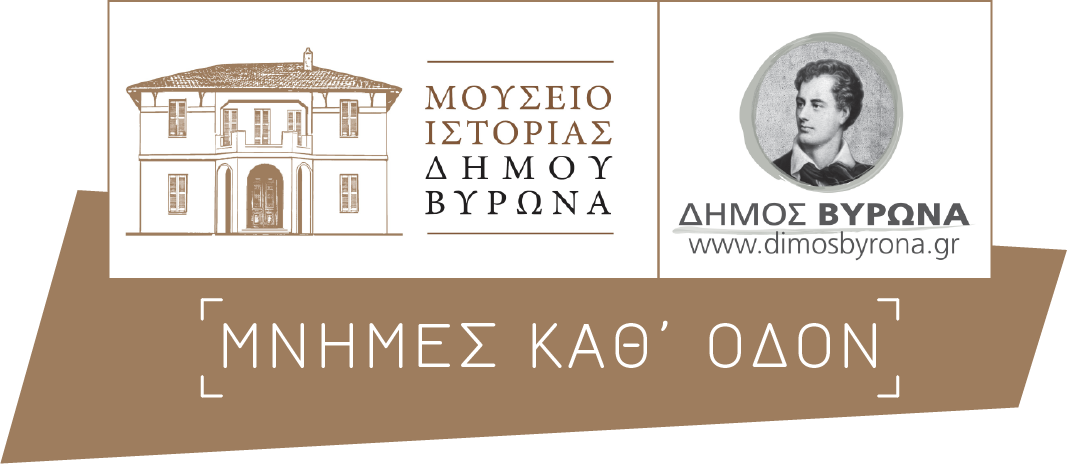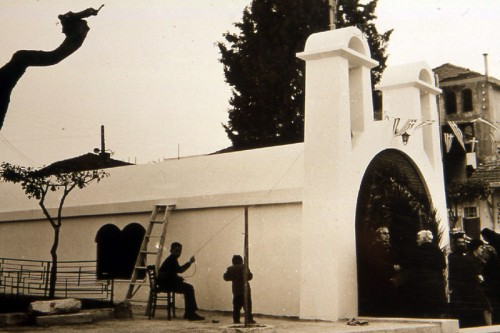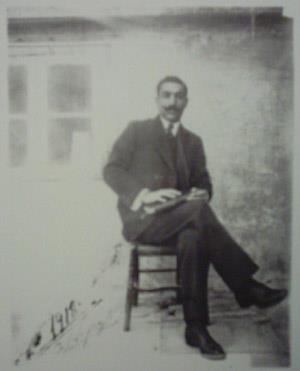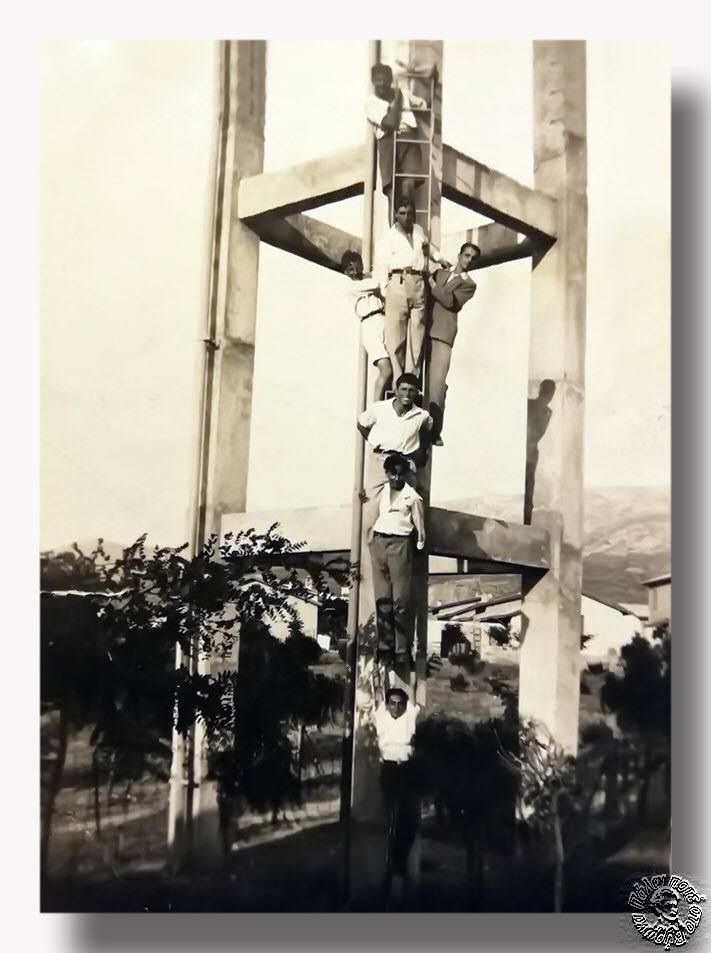Metropolitan church of the Holy Trinity (Hagia Triada)
Konstantilieri 56
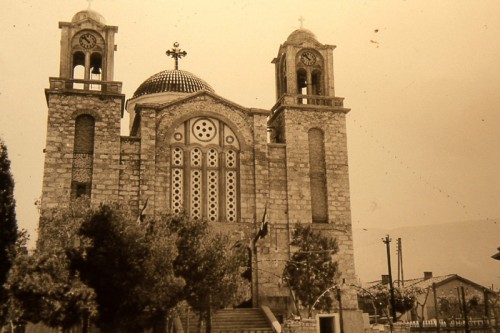
Hagia Triada after its completion [source: Palai Pote ston Vyrona, facebook page]
The church of the Holy Trinity (Hagia Triada) in Vyronas is one of the municipality’s landmarks, situated at a prominent position within a little grove. The construction of the church started in the mid-20s following an architectural plan created by the renowned architect Athanasios I. Demiris, from Lesvos, who had studied under Ernest Ziller. The refugees from Asia Minor needed a church not only for holding masses and other religious ceremonies, but also for deposing the icons, relics and other holy items that they had brought with them from their old homeland.
Initially, the refugees held masses in the little chapel of St. Lazarus and in the extant monastery of the Assumption (Analipsi), which was an annex of the Athonic monastery of Simonos Petra. The latter’s katholikon had been accomplished in 1923. The church of the Holy Trinity was thus the first parish church. Although the building was completed in 1932, the inaugural celebration took place much later due to problems in the administration of the parish and to World War II. During the German occupation, the church played an important role in the protection, alimentation and fight for survival of the inhabitants of Vyronas. The church was finally inaugurated in 1957 by the Bishop of Evripos (Euboea) Alexios.
- The chapel of St. Lazarus [πηγή: memories.vyronas.gr]
- Athanasios I. Demiris
- Boy scouts during a walk in the Hagia Triada grove.
- Τhe monastry of Analipsi is dominant behind the first houses of Vyronas
- Youngsters of Vyronas climbing on the water-tower of Hagia Triada [source: Palai Pote ston Vyrona]
Additional information
Athanasios I Demiris originated from Eressos, a village of Lesbos island; he was born in 1887. Since childhood he demonstrated a predilection for the Orthodox Church along with his love for constructions. In 1912 he enrolled in the Greek Army and took part in the Balkan Wars of 1912-13. After the wars, he settled in Athens and enrolled in the Roussopoulos' School, where he studied under Ernst Ziller. He worked at the architectural firm of Anastasios Metaxas and he later on started his own business, originally on Veranzerou street and then on the building located on the corner of Mih. Voda and Epirus street in the centre of Athens. He became a renowned church-builder, but he also constructed public buildings such as the Theophrasteion School in his hometown, Eressos.
The Metropolitan Church of the Holy Trinity is built at the edge of the grove named after it. It was initially a barren open space, planted with trees after constant pressure exercised by the inhabitants to the local Forestry authorities, so that the new settlement would have at least one green area. Next to the grove was inaugurated a playground in 1961. In the 2000s the playground and the grove became unified.
On the summit of the hill of Hagia Triada a water tank was created, at the time of the foundation of the settlement, in order to resolve the problem of water provision to the inhabitants. It drew water from the aqueduct of Hadrian, via specially designed conduits. G. Soulis describes the work in the following article in ΕΡΓΑ magazine (v. 34, 30/10/1926, p. 220):
"Right after the inauguration of the construction works for the settlement particular care was taken for its provision with water. Research field work took place around the settlement in order to find adequate local water sources, but the results weren't satisfactory. Thus, they used the central aqueduct of Athens (Hadrian's aqueduct) from which they brought water through a tubular conduit into a small water tank next to the water pit.
With a special double energy pump they lifted the water up to the central water tank of the settlement, which was located on the top of the hill of Hagia Triada; in this manner the water of the well, of the tunnel and of the central aqueduct was gathered there.
The central water tank, built underground, had a capacity of 180 cubic meters and was provided with a special safety part. From this tank spread out the network serving all the building blocks, each one of which was provided with two fountains for collective use. [...]
Close to the central water tank was created a little grove, about 25 acres in total, meticulusly fenced with wire; 2500 trees were initially planted and the plan is to plant more next autumn".
